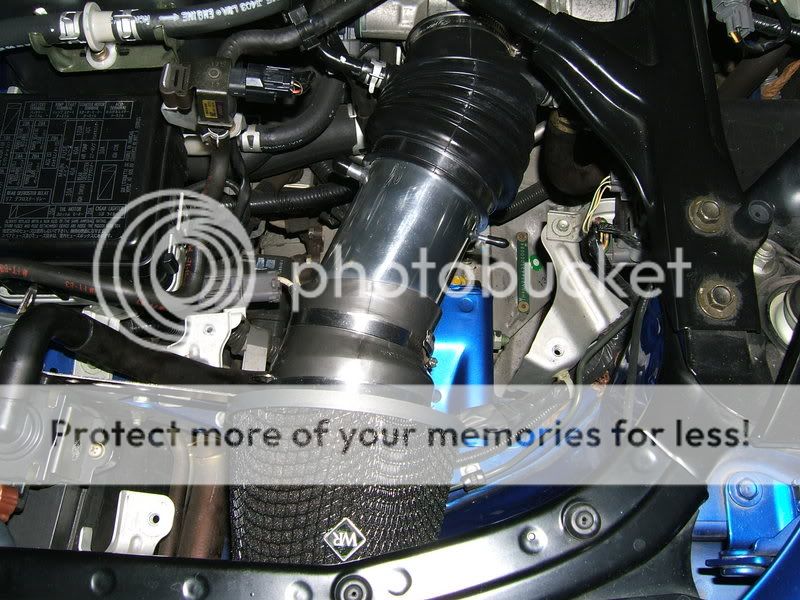I have no idea what performance gains (if any) you can get with aftermarket filters versus stock filters but I can personally tell you one thing to watch out for. When I bought my 91 NSX it always had a searching idle 500-900 rpm. Never stalled just fluxed. Checked the air filter.....it was the flat aftermarket K&N in the stock box. Looked OK. I sent my injectors to RC engineering, changed fuel filter, all seals in fuel system, changed all three rear bank coils, yada....yada. No change. Decided to disassemble the intake/throttle body. Holy Sh*t. The entire inside of the throttle body was coated with black oily muck most probably from the previous owner over oiling the filter.
Point being - in order to get good filtration from a foam filter you have to oil the filter and its really easy to overdue and negate any advantage of air flow you may get. Also, as in my case, the excess oil was sucked into the intake causing the sensors in the throttle body to not be able to function correctly. If you don't oil correctly/enough....dust gets through. Once I cleaned and reassembled the TB the car idles smooth as baby's bottom. Stock filter is back in.
Point being - in order to get good filtration from a foam filter you have to oil the filter and its really easy to overdue and negate any advantage of air flow you may get. Also, as in my case, the excess oil was sucked into the intake causing the sensors in the throttle body to not be able to function correctly. If you don't oil correctly/enough....dust gets through. Once I cleaned and reassembled the TB the car idles smooth as baby's bottom. Stock filter is back in.






